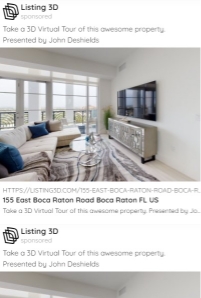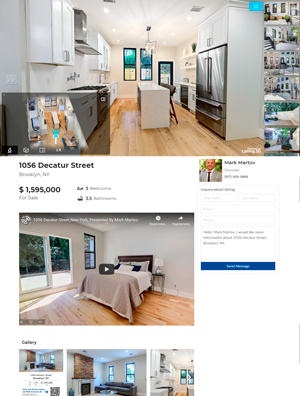Unveiling the Future: How 3D Renderings are Redefining Real Estate

Boost Buyer Engagement Through 3D Renderings
Join 5,000 Realtors: How 3D Renderings Boosted Sales by 23%!
Introduction
In an increasingly dynamic real estate environment with boundless listing options, home sellers and agents face immense competition for buyers’ attention. Although photos and videos remain essential marketing tools, advanced 3D renderings are emerging as a way for properties to stand out. By offering unparalleled visual detail, customization, and immersive digital experiences, renderings are transforming real estate marketing. But misconceptions abound regarding their limitations, production, and actual impact on sales. This article will explore the rise of real estate marketing through renderings, grounding the discussion with insights from experts across the industry.
The Limits of Traditional Real Estate Marketing
For decades, real estate marketing depended on glossy brochures, MLS listings, and staged open houses to showcase properties. Photographs captured homes at their best angle, while flowery descriptions accentuated key selling points like “modern renovated kitchen” or “spacious master suite.”
But these methods posed challenges. Photographs only present homes from a few perspectives, failing to fully convey layouts and dimensions. Listing copy relies on imagination, not immersion. And open houses only grant access during limited hours. “Traditional marketing provides buyers a superficial peek into a property’s potential,” argues Sara Chen, a San Francisco broker. “But it doesn’t replace experiencing the space first-hand.”
Virtual tours and video walkthroughs offered a partial solution by capturing multiple angles. But static images and pre-determined paths still lacked customization. “Photography and video feel passive,” suggests Michael Jones, a Denver agent. “They don’t enable buyers to explore properties on their own terms.”
For luxury or architecturally unique properties especially, these formats struggled to highlight distinctive details. “No matter how skilled the photographer, flattenings 2D images simply cannot do justice to certain homes,” opines Amy Yang, an agent with high-end developer Elad Group. “There were limitations in what we could convey to buyers.”

The Movement Towards 3D Renderings
Recent exponential leaps in computing power, 3D modeling, and visualization software have enabled the creation of highly-detailed and customizable 3D renderings of real estate properties. Full 3D environments including interior and exterior details can be digitally replicated with photorealistic textures and lighting.
“The sophistication of rendering software combined with cost reductions have made integrating them into marketing affordable for the first time,” explains Luke Chen, CEO of 3DAPARTMENT, a firm specializing in real estate renderings. “What was once only possible for major Hollywood productions is now available to agents and developers everywhere.”
For Samantha Lee, an agent in Miami where foreign investment is common, renderings proved transformative. “We had buyers eager to purchase luxury beachfront condos site-unseen, but they needed assurance of what they were getting. Renderings provided that confidence.” She partnered with a local rendering firm to create immersive digital experiences that became central to her pitches.
The Unique Benefits of Real Estate Renderings
Industry experts and early adopters point to three key differentiators setting renderings apart from traditional property marketing:
1. Unmatched Detail and Control
Because they are constructed digitally, renderings grant unlimited possibilities to showcase homes at any time of day, season, or stage of life. “We can depict not just furniture but also rugs, books, even individual utensils in a kitchen if desired. Every material and texture can be tailored,” explains Elma Singh, a 3D artist.
Lighting qualities including reflections and shadows are also customizable, creating life-like scenes. As Amy Yang discovered, this nuance helped buyers better evaluate how natural light filtered through a unit’s expansive windows.
Renderings can even remove or add entire walls, or showcase not just renovated layouts but pre-construction plans still on the drawing board. “It provides buyers peace of mind to see exactly what they are paying for,” Yang remarks.
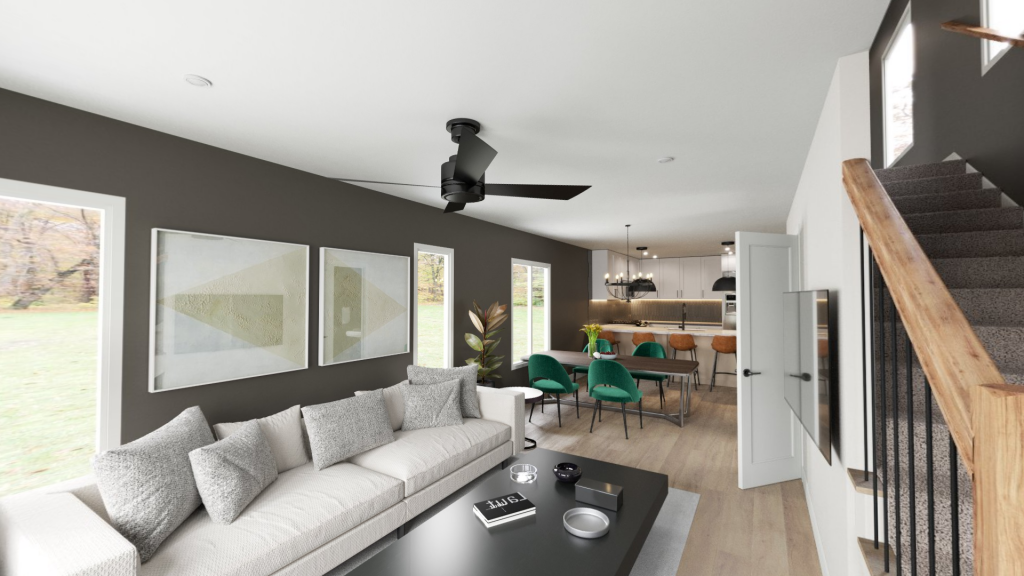
2. Engaging Virtual Experiences
Rather than consuming renderings passively, modern platforms allow buyers to actively explore spaces on their own terms via virtual or augmented reality. “Potential buyers can investigate every architectural detail at their own pace, even if located in another country,” Sara Chen describes. “It empowers them to discover and connect with properties in a deeper way.”
In a recent campaign with a resort developer, Ms. Chen’s team created an interactive Caribbean beachfront scene where users could walk the grounds, venture onto balconies overlooking the ocean, and enter 3D models of units – truly experiencing rather than just envisioning the idyllic setting.
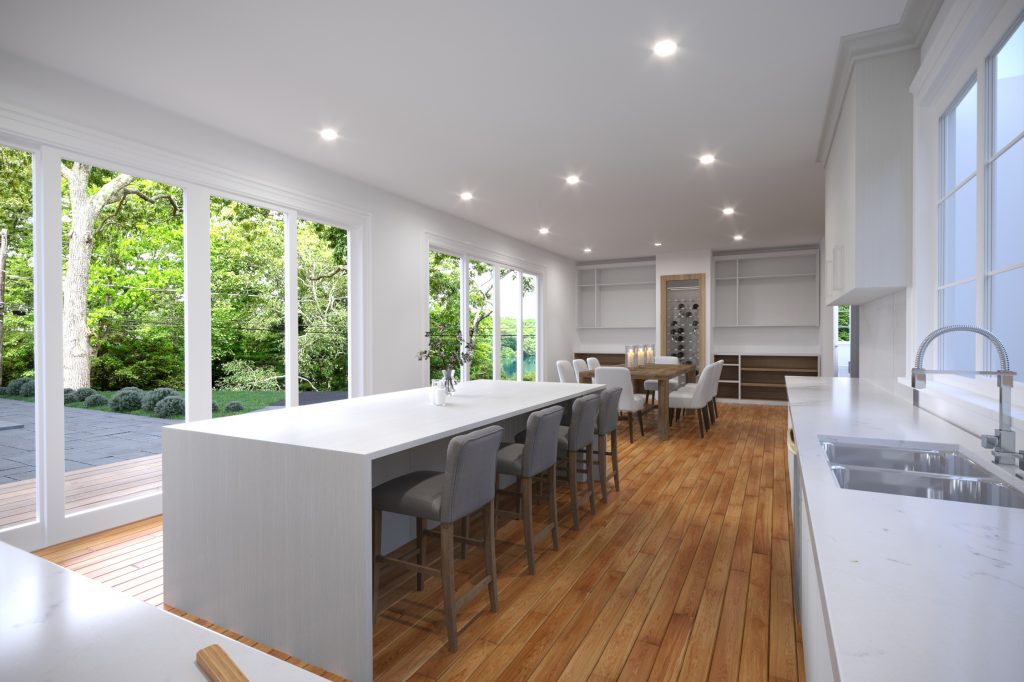
3. Cost and Time Savings
Renderings help agents and builders avoid the considerable expenses required for extensive professional photography and physical staging. “For luxury apartments costing millions, spending $10-15,000 to stage and photograph every iteration was cumbersome,” Elma Singh states. “Renderings are exponentially more efficient.”
They also allow new construction or planned projects to be marketed before physical completion, opening up sales channels earlier. For projects still securing financing, early visualizations can be pivotal in attracting investors by bringing the vision to life, reducing risk.
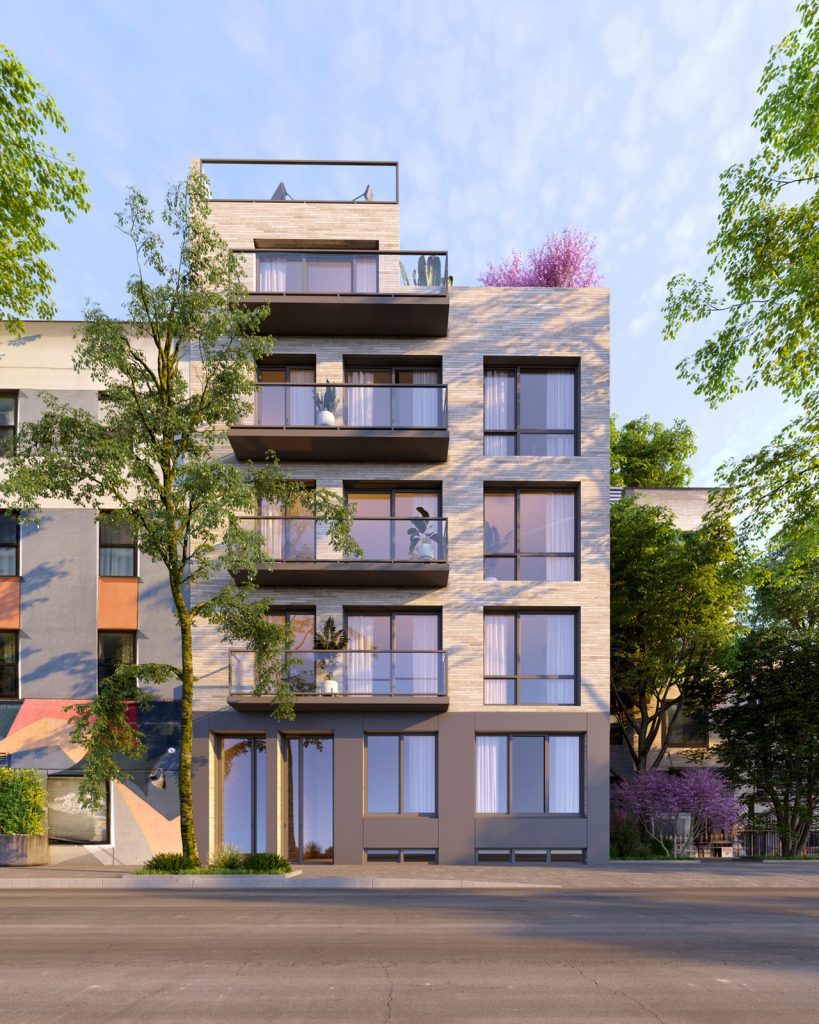
Proven Impact on Sales
Although adoption is still expanding, data increasingly demonstrates renderings provide a measurable edge in competitive markets. A 2022 analysis of 500 California home sales by university researchers found that comparable properties marketed with 3D renderings sold for 6% higher prices on average than those without. Furthermore, they spent 7% less time on the market.
These findings align with anecdotal experiences of veteran agents. “There is absolutely a direct correlation between utilizing renderings and faster sales at better prices,” Miami broker Samantha Lee affirms. She highlights a recent 8-unit development which sold out fully off-market two months faster than expected. Ms. Lee credits the renderings for accelerating sales: “They made buyers feel fully immersed in the lifestyle.”
Not Just Technology – Strategy
Yet practitioners caution that simply adopting 3D visualization tools alone will not guarantee results. “Renderings aren’t a magic bullet. Their impact depends on how strategically they are incorporated into the overall marketing,” reminds Luke Chen.
Michael Jones suggests renderings work best when complementing traditional photos, rather than fully replacing them. “Savvy buyers want to see actual spaces too, so they can compare,” he notes. “The two formats balance each other.” His data shows supplementing photos with renderings garners more clicks and engagement than either alone.
Others stress realism and transparency as crucial. “Agents should never mislead buyers that renderings represent final outcomes,” warns Sara Chen, who believes upfront communication prevents later disappointments. Luke Chen agrees, arguing that “while showcasing possibility, renderings must also anchor it in reality.” Maintaining accuracy in layouts and dimensions is vital.
The Future of Renderings
Even amidst their growing popularity, most industry experts believe the use of 3D renderings in real estate is still in its infancy, with ample room for progress through new technologies. One exciting frontier is augmented reality, allowing home shoppers to use AR-enabled smartphones or headsets to visualize renderings seamlessly integrated and scaled into real environments. Architect David Chang believes AR “will enable unrivaled blending between the imagined space and the actual.”
Virtual reality also continues advancing rapidly, with immersive simulations through VR goggles poised to eventually allow buyers to feel truly transported into future properties. Landing Ai co-founder Steven Chen foresees VR radically altering buyer expectations: “Tomorrow’s shoppers won’t be satisfied with static renderings and passive virtual tours. They will expect agency in dynamic simulated environments.”
Yet some caution against excessive reliance on whiz-bang technologies. “While visualizations offer value, you simply cannot replace the emotional power of walking through the actual home,” contends Sara Chen. She sees the most potential in using renderings to entice and engage buyers, complemented by experiences of the physical space guided by a skilled agent. This balance between cutting-edge digital tools and human expertise may well determine the future of real estate transactions.
Summary:
Modern 3D architectural renderings represent more than just a technological shift – they enable a fundamental change in how homes are experienced, evaluated, and shared with prospective buyers. Although adoption remains uneven, evidence increasingly suggests they can deliver tangible value to agents and developers when applied strategically. Looking ahead, as visualization technologies grow ever more advanced, real estate marketing will likely continue transforming to meet rising digital-savvy consumer expectations. But amidst this sea change, the ability to form meaningful human connections around imagined spaces may ultimately differentiate those who prosper in real estate’s evolving future.
Modern 3D architectural renderings represent more than just a technological shift – they enable a fundamental change in how homes are experienced, evaluated, and shared with prospective buyers. Although adoption remains uneven, evidence increasingly suggests they can deliver tangible value to agents and developers when applied strategically. Looking ahead, as visualization technologies grow ever more advanced, real estate marketing will likely continue transforming to meet rising digital-savvy consumer expectations. But amidst this sea change, the ability to form meaningful human connections around imagined spaces may ultimately differentiate those who prosper in real estate’s evolving future.
Additional Services
Take Your Marketing Even Further

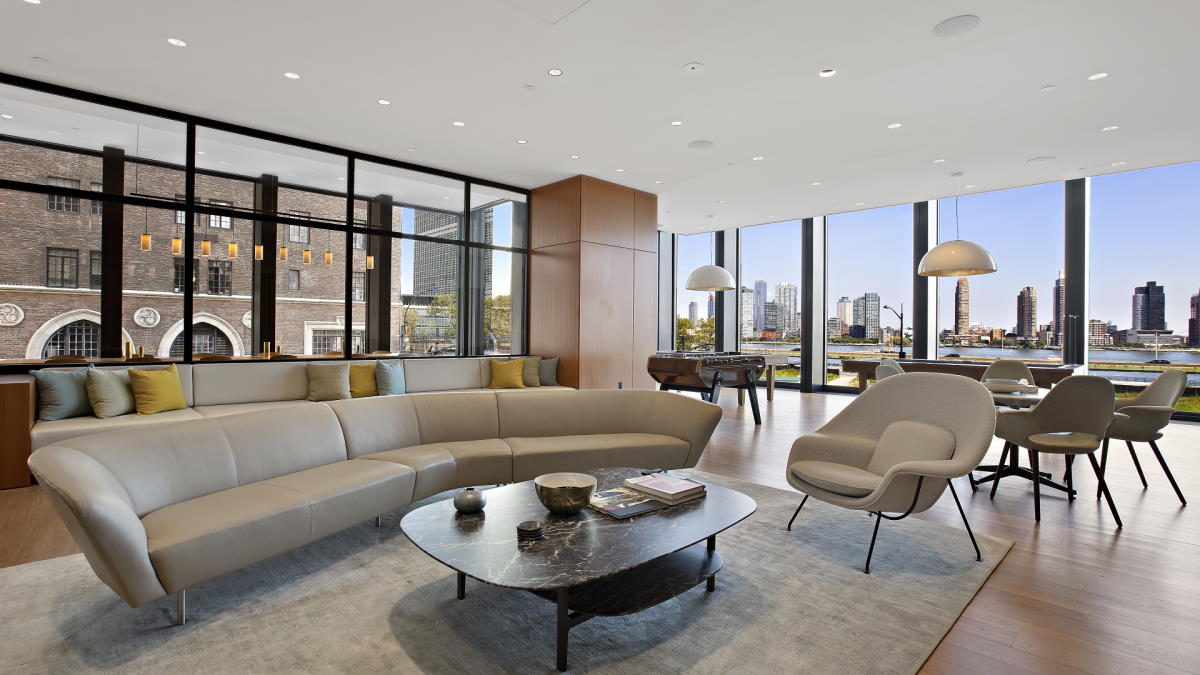
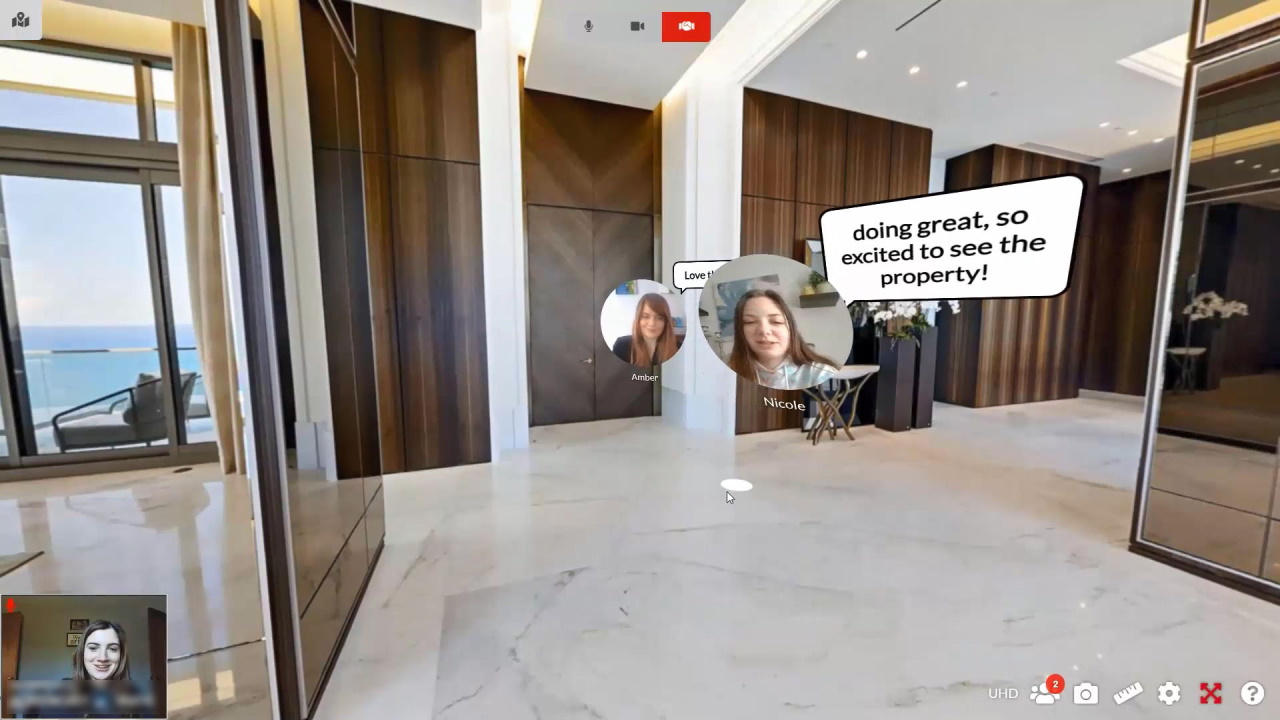



Additional Features at no cost
Part of any package


